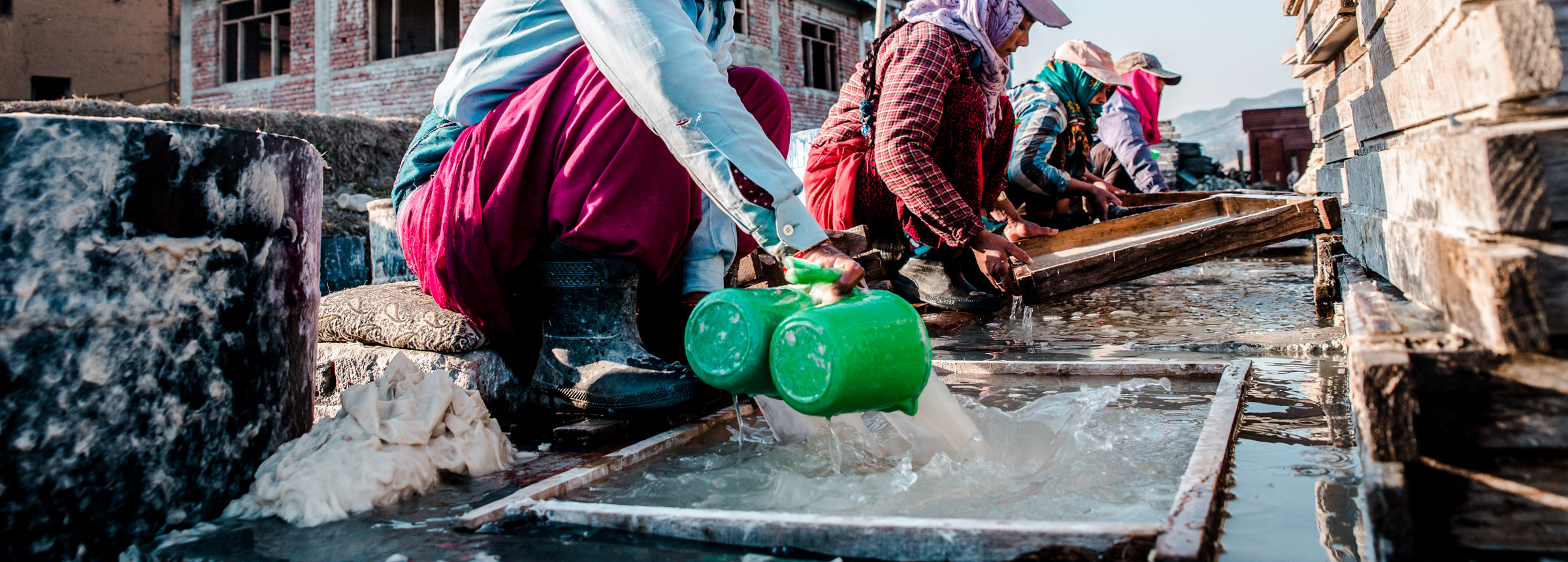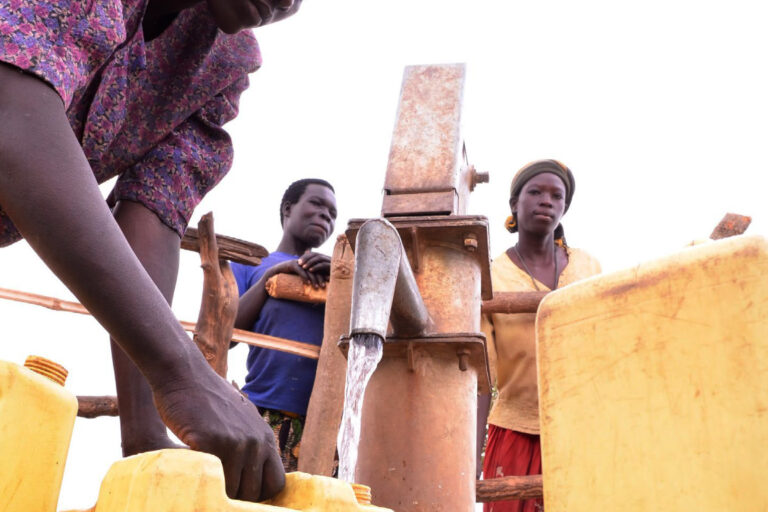
Engaging Stakeholders for Water Security Improvement
Effectively engaging water users and decision-makers is crucial to the long-term sustainability of any water security intervention.
Freshwater is a precious and scarce resource that is increasingly threatened by over-abstraction, poor management and declining quality. But to sustain the world’s streams, rivers, lakes and aquifers, the world cannot depend on science, technology and engineering alone. Engaging and including water security stakeholders is essential to the long-term sustainability of the world’s freshwater resources, which is why stakeholders are central to all five steps of the USAID-funded Sustainable Water Partnership’s Water Security Improvement (WSI) Process.
A stakeholder refers to any person who influences or is affected by water decision-making in a given region. Influencers are usually government policy-makers and managers, but can also include community-based organizations, the private sector, and water-user associations whose health and livelihoods rely on water resources and services.
The Sustainable Water Partnership, implemented by Winrock International, is supporting stakeholders to address water security priorities in South Africa, Nepal, Cambodia, and Kenya and Tanzania’s shared Mara River Basin.
Stakeholder engagement is central to the WSI process for three reasons:
- It clarifies the needs of water users at all levels, and understands how they are involved in water abstraction, use and management.
- Effective stakeholder engagement can help balance the many variables that shape a water user’s behavior.
- Stakeholder engagement can help define tangible and realistic initiatives that are driven by local water users and decision-makers.

Stakeholders in any given region range from households and local communities to national ministries. Understanding each party’s water needs, uses and incentives is imperative to finding sustainable water security solutions, especially when freshwater resources are degraded, scarce or under threat. Failure to understand the stakeholder and institutional landscape can lead to breakdowns in the planning process or unintended consequences, such as reduced access to water. This is why the WSI process always starts with a stakeholder inventory to identify these actors and assess the relevance, availability and feasibility of their involvement in the process.
How does clarifying water users’ needs improve outcomes?
Consider SWP’s work on water allocation planning in the Mara River Basin, one of the world’s most ecologically diverse landscapes. In Tanzania, SWP is collaborating with water user associations, regional water authorities and national ministries to understand sources of degradation. To ensure buy-in among local stakeholders in Tanzania, SWP has adopted a systematic review and discussion process with a technical review committee. This committee is responsible for approving and validating scientific assessments, models and scenario analyses that account for water use practices and demands. This work will ultimately inform the final water allocation plan.
Balancing competing interests
Once water users’ needs are better understood, successfully engaging stakeholders can balance the many factors – political, environmental, economic and social – that shape a water user’s behavior. Through facilitated negotiations, planning processes and engagement activities around the development of the water allocation plan, water users and managers can find common ground and appreciate the shared risks if freshwater resources are not adequately or effectively managed.
SWP is engaging stakeholders in Cambodia, for example, by working with local committees comprised of various types of water users. These committees help inform planning and management processes within the Stung Chinit watershed. SWP deliberately seeks out stakeholders whose voices are rarely heard or who hold less power. For example, although members of downstream community fisheries are outnumbered by upstream farmers in the Stung Chinit watershed, SWP solicited their input and offered them a place at the negotiating table, because of their vulnerability to decisions made elsewhere. Since each water user perceives water challenges through a perspective of risks to the livelihoods and health of their families and communities, engaging different types of water users is essential to the success of overall planning and management efforts.

Putting decision-making power in local hands
Finally, effective stakeholder engagement leads to a grassroots approach that produces tangible and realistic initiatives driven by local water users and decision-makers. When interventions are defined locally and in collaboration with others, the chance of success increases. It’s a major reason why SWP incorporates a gender equality and social inclusion (GESI) framework in its stakeholder engagement work. The efficacy of such efforts is borne out in recent research, which found that ending conflicts with peace agreements signed by women is associated with longer-lasting peace. In other words, an effective engagement process can help deliver stakeholder buy-in, which is important to the long-term sustainability of any water security interventions designed to improve water governance and the availability and quality of water resources.
In the Mara, for example, an important element of SWP’s work is water security demonstration activities, such as reforestation of degraded riparian areas. The decision to prioritize these activities was informed by facilitated discussions with stakeholders. Through this process, SWP was able to better understand the priorities of local water user associations, county governments and regional basin managers, in addition to synthesizing and proposing potential water security interventions that have the potential to be scaled and replicated in the future.
Overall, SWP’s efforts will aid local stakeholders to pursue water security interventions that will help deliver sustainable livelihoods and environmental improvements. From direct oversight of basin protection activities to regional coordination on the management and allocation of water within water basins, our efforts revolve around goodwill and trust between stakeholders in the collective pursuit of shared goals around water security.
Related Projects

